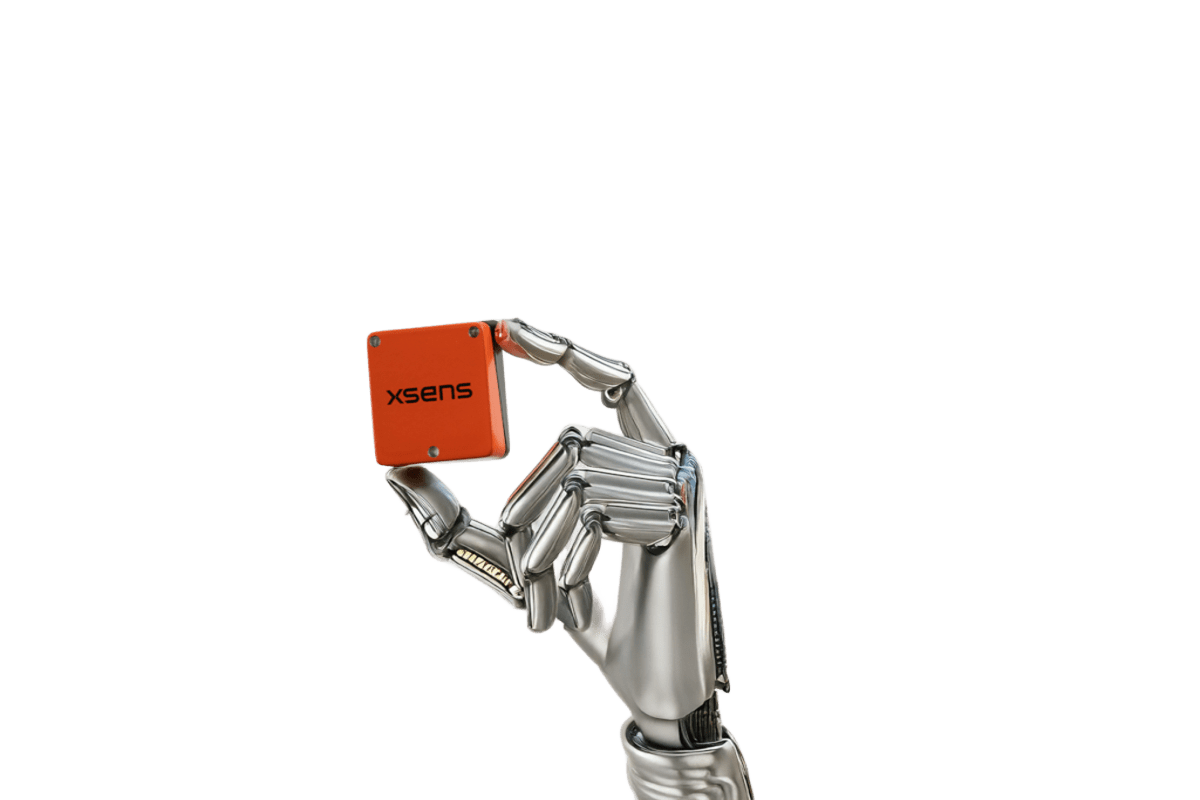
The Intricate Art of Humanoid Robot Balance
Humanoid robots represent a remarkable leap in automation and mobility, striving to replicate the complex locomotion and stability of humans. Achieving a natural and efficient gait, however, is a significant engineering challenge. This post delves into the core principles and methodologies behind how humanoid robots maintain their balance, a critical factor in their functionality and widespread adoption.
The Foundation: Understanding the Physics of Balance
At its heart, maintaining balance is a dynamic process governed by fundamental physics. Humanoid robots must constantly manage their center of mass (CoM) in relation to their base of support (BoS).
- Center of Mass (CoM): This is the average location of the mass of the robot. For stable balance, the CoM must remain above the BoS.
- Base of Support (BoS): This is the area defined by the robot's feet (or other contact points) on the ground. A wider BoS generally offers greater stability.
- Zero Moment Point (ZMP): A more sophisticated concept used in robotics, the ZMP represents the point on the ground where the net moment of the forces acting on the robot is zero. Keeping the ZMP within the BoS is crucial for preventing a fall.
- Inertial Measurement Units (IMUs): These sensors, typically incorporating accelerometers and gyroscopes, provide real-time data on the robot's orientation, acceleration, and angular velocity, which are essential for calculating the CoM and predicting motion.
Control Strategies for Dynamic Stability
Translating physical principles into robotic action requires sophisticated control algorithms. These strategies enable robots to react to disturbances and adjust their posture to maintain equilibrium.
- Feedback Control Loops: Robots continuously monitor their state (e.g., tilt, velocity) using sensors and adjust their joint torques or positions to counteract deviations from the desired upright posture.
- Model Predictive Control (MPC): This advanced control technique uses a dynamic model of the robot to predict its future motion and optimize control actions over a short time horizon, allowing for proactive balance adjustments.
- Reinforcement Learning: Machine learning approaches are increasingly being used to train robots to learn optimal balancing strategies through trial and error, enabling them to adapt to complex and unpredictable environments.
- Reactive vs. Proactive Balance: Some systems focus on reacting quickly to imbalances, while others aim to predict and prevent them by subtly shifting weight or adjusting gait before a significant disturbance occurs.
The Role of Actuation and Design
Beyond software, the physical design andctuation of humanoid robots play a pivotal role in their ability to balance. The precision and responsiveness of the robot's joints and actuators are paramount.
- High-Performance Actuators: Powerful yet precise motors are needed to make rapid and subtle adjustments to joint angles, which directly influence the CoM and ZMP.
- Leg Design and Foot Placement: The length, articulation, and flexibility of the robot's legs, as well as the design of its feet (including force sensors), are critical for distributing weight and maintaining contact with the ground.
- Anthropomorphic Design: Mimicking the human skeletal structure and musculature can lead to more intuitive and effective balance strategies, leveraging principles observed in human biomechanics.
- Energy Efficiency: Achieving stable balance without excessive energy consumption is a key design goal, as it directly impacts the robot's operational duration and capabilities.
In conclusion, achieving robust balance in humanoid robots is a multifaceted endeavor that merges sophisticated physics, advanced control algorithms, and precise engineering. By meticulously managing their center of mass, utilizing real-time sensory feedback, and employing intelligent control strategies, these robots are progressively mastering the art of dynamic stability, paving the way for their integration into a wider range of applications.